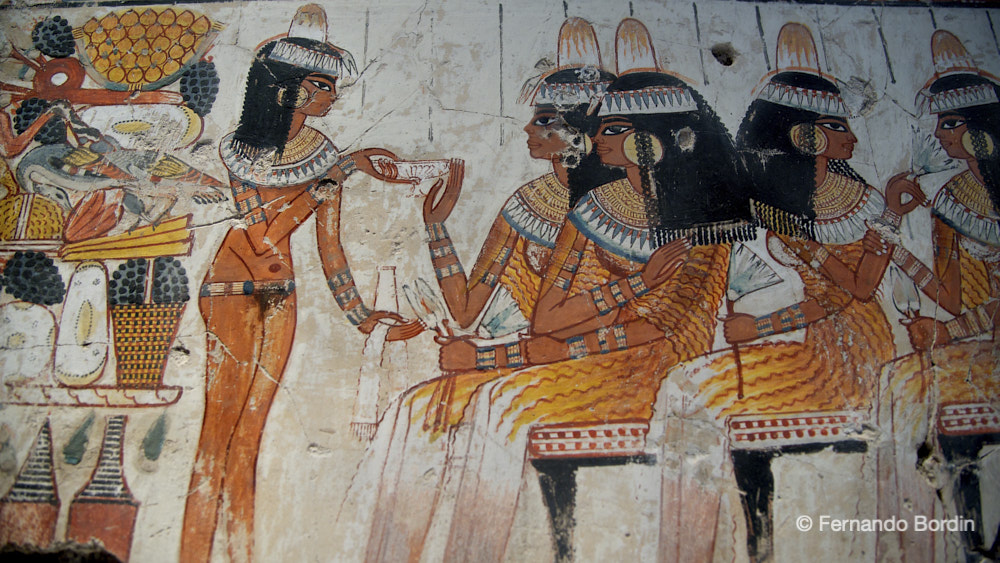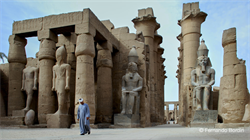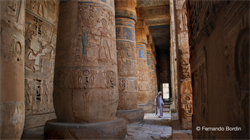Multivision
Archaeology and History

The dwellings of eternity
The ancient Egyptians believed in a life after death, very similar to that lived on earth. The cult of the dead was central to their life. The northern pyramids, some with texts engraved inside, the royal tombs in the Valley of the Kings, near ancient Thebes, with religious-themed paintings and bas-reliefs and even more the tombs of the Nobles, with splendid paintings of scenes of everyday life, they show us the incomparable engineering but above all artistic level achieved by this extraordinary multi-thousand-year-old civilization.
2016 - Length 8.30 minutes



